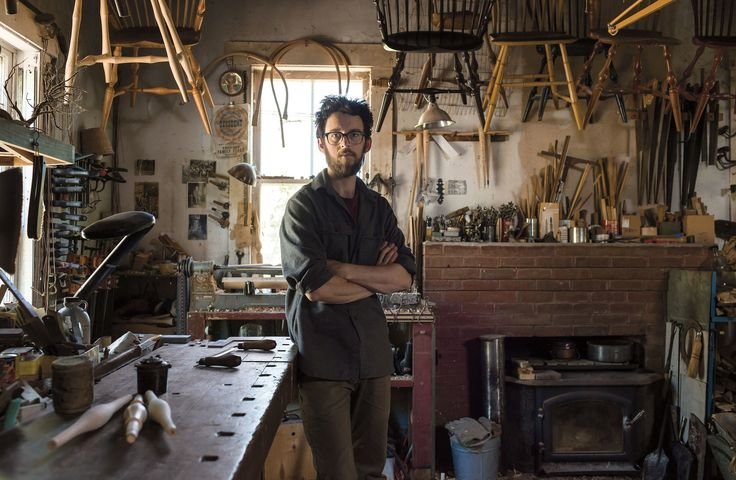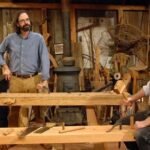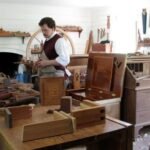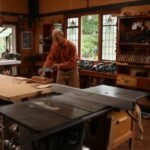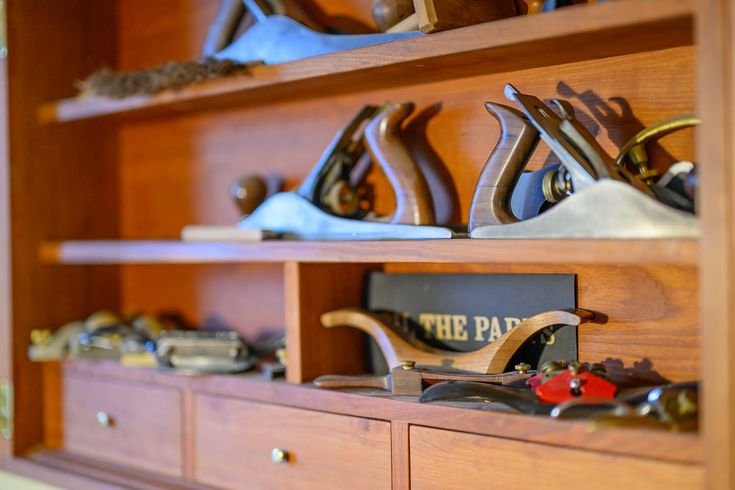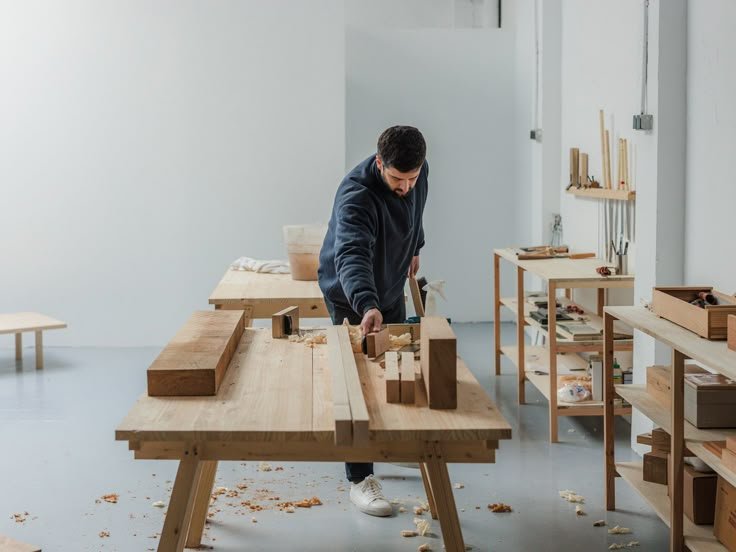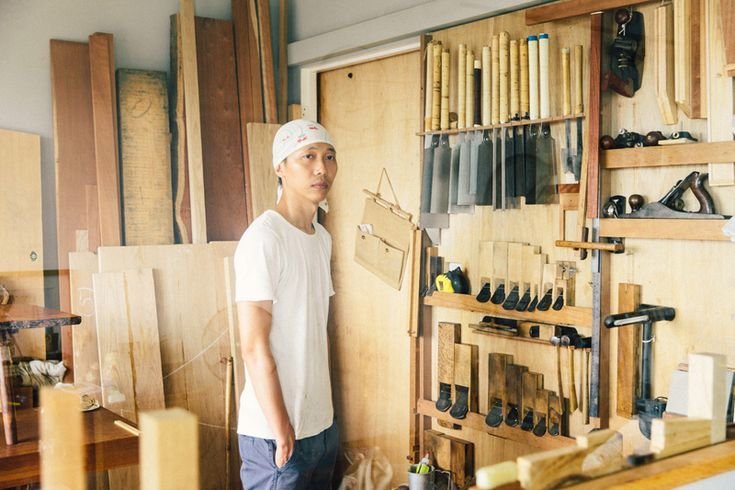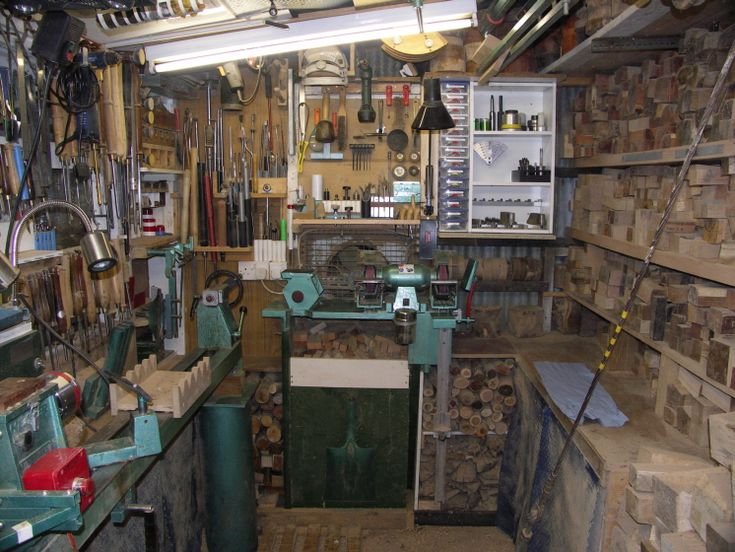Let’s Talk Bandsaws
You know, on quiet summer evenings, there’s something about the sound of a bandsaw humming away in the garage that just feels right. It’s almost like the heartbeat of the house—steady, reliable, and full of promise. A few months back, I decided to finally invest in a decent benchtop bandsaw. I mean, I had been getting by with a jigsaw and some hand tools for far too long, and honestly, it felt like I was missing out on all the fun of woodworking.
So there I was, standing in the aisle of our local hardware store, staring at the rows of shiny machines. I had that half-confused, half-excited look on my face. The smell of fresh sawdust lingered in the air, and I could picture all the projects that might come alive if I just picked one up. After much internal debate—seriously, I almost just walked away—a friendly store clerk came over and spouted some technical details about a model by Rikon. It was solid, not too pricey, and seemed to get good reviews. And my goodness, it had a nice weight to it! It felt like I was finally going to get serious about woodworking.
The First Cut
I rushed home that afternoon, decent cup of coffee in one hand and the manual in the other, and set up my new treasure. I can’t say I was an expert right off the bat. I made a ton of mistakes—like, you know when you’re super excited, and you totally skip over the fine print? Yeah, I did that. I thought, “Oh, how hard can it be?” The first time I turned it on, oh boy! I could feel my heart racing as that blade whirred to life. But then reality hit—the blade wasn’t tracking properly, and I had this moment of dread. It was a bit of a horror movie moment, watching that blade wander off and realizing I had no clue how to fix it.
I spent a good hour fiddling with the adjustments, all while my coffee grew cold next to me (and let me tell you, I don’t like cold coffee). And just as I was about to throw in the towel, I remembered some advice my dad once gave me: "Measure twice, cut once, and in your case, maybe read the manual twice." So, I went back and double-checked my setup. Wouldn’t you know it? Sometimes reading the manual makes all the difference.
Shaping Up
Once I got it all dialed in, using the bandsaw felt like magic. I was cutting curves and shapes from that beautiful walnut I had been saving for a special project. You know the smell of fresh-cut wood? It’s something that sticks with you. Rich, earthy, like a walk in the woods right after a rainstorm. I laughed when I finally realized I could cut out all sorts of things—jigs, curves—stuff I wouldn’t have dreamed of even attempting with my old jigsaw.
But let me tell you, cutting that perfect curve isn’t all sunshine and rainbows. I did have my share of botched pieces, especially when cutting thin laminates for a tabletop. Ugh, the heartbreak of having a beautiful piece of wood splinter and break at the worst moment. I can still remember the sound it made, like a sad, squeaky toy. I almost gave up when I realized I was just making more sawdust than usable pieces, and there was that moment when I thought, “Maybe I’m just not cut out for this.”
But, you know, after a few cups of coffee (and some patience), I figured I needed to slow down. The bandsaw, I learned, was all about finesse rather than speed. And with each cut I took, I was learning something new. My confidence grew along with my pile of scrap wood.
Project Adventures
There were nights when I stayed out late just to finish a project—like the time I decided to make a gift for my sister. It was going to be a stunning walnut breadboard, and I could already imagine her eyes lighting up. I think I worked on it until the wee hours, pelting down energy from whatever was left in my coffee pot. I even snuck in some jazz music to keep the groove going. And then, after hours of measuring and cutting, I finally stood back to admire my work. My heart swelled with a mix of pride and disbelief.
But honestly, it didn’t all go smoothly. My first attempt at inlaying a design didn’t go quite as planned, and I just had to laugh at how crooked it turned out. But hey, that’s what sanding is for, right? I learned to embrace those little imperfections because, in the end, they tell a story. I became a little attached to them, marking my journey as an amateur woodworker.
The Takeaway
Now I sit here, reflecting over a fresh cup of coffee, and I can’t help but think about how far I’ve come with that little benchtop bandsaw. It’s more than just a tool; it’s become a part of so many memories, each cut a moment locked in time.
So, if you’re sitting on the fence about diving into woodworking, I say go for it. Silly mistakes, twisted wood, and everything—it’s all part of the learning curve. Don’t worry if your first few projects don’t come out like they do in the magazines; just keep at it. There’s something so special about transforming a piece of raw wood into something functional, something you can hold and cherish. It’s worth every moment of doubt, every slip-up. Just don’t forget to have a cup of coffee handy—it helps more than you think!

